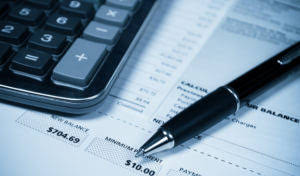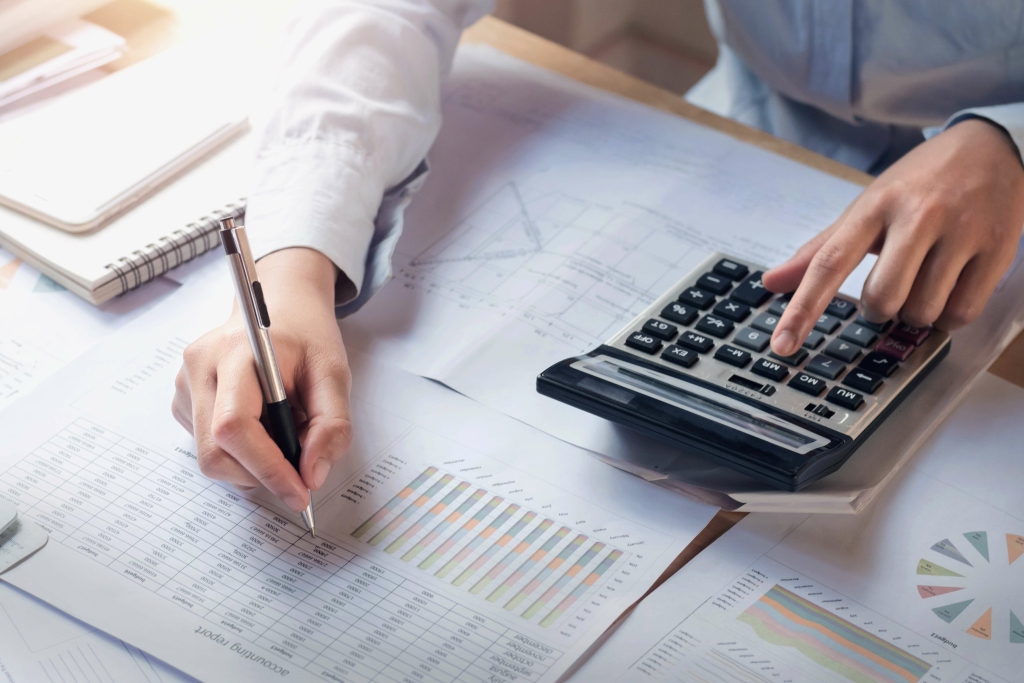Content

Too high of a ratio may point to unnecessary investment in current assets, failure to collect receivables or bloated inventory—all factors that negatively affect earnings. Business assets can range from inventory and cash to state-of-the-art equipment, buildings, and intellectual property. You can generate value by operating, monitoring, maintaining, and selling those assets through the process of asset management. A company can also choose to prepay rent it owes on buildings or real estate; however, only one year’s worth of that prepaid rent counts towards current assets. Likewise, the balance sheet will also draw a distinction between current liabilities, which are short-term debts that must be paid within a year, and long-term liabilities.
What is a fixed asset in accounting?
A fixed asset, also known as a capital asset, is a tangible piece of property, plant, or equipment (PP&E) that you own or manage with expectations that it'll continuously help generate income. An asset is fixed when it's an item that your business won't consume, sell, or convert to cash within the next calendar year.
When analyzing a company balance sheet, understand that not all current assets on the balance sheet are equal. For example, a company might place money in instruments such as auction-rate securities, a sort of variable-rate bond, which they treat as safe cash alternatives. However, the market for those instruments could dry up, and it could take weeks or months—or even longer—to be able to convert them back into cash, making them unexpectedly illiquid. Managing your business’s current and non-current assets is an important step in streamlining your operations and delivering optimal returns from their sale or disposal. Enterprise asset management software from ManagerPlus can help you get the most from your assets.
Accounts Receivable
If a business sells something to another business, the transaction also usually takes the form of a line of credit, adding to accounts receivable. In the case of bonds, for them to be a current asset they must have a maturity of less than a year; in the case of marketable equity, it is a current asset if it will be sold or traded within a year.

current assets are important to ensure that the company does not run into a liquidity problem in the near future. Current assetsare considered short-term assets because they generally are convertible to cash within a firm’s fiscal year, and are the resources that a company needs to run its day-to-day operations and pay its current expenses. Current assets are generally reported on the balance sheet at their current or market price.
Resources
The total current assets figure is of prime importance to the company management with regard to the daily operations of a business. As payments toward bills and loans become due at the end of each month, management must be ready to spend the necessary cash. The dollar value represented by the total current assets figure reflects the company’s cash and liquidity position and allows management to prepare for the necessary arrangements to continue business operations. In comparison, for FY 2021, Microsoft Corp. had cash and short-term investments ($130.33 billion), total accounts receivable ($38.04 billion), total inventory ($2.64 billion), and other current assets ($13.39 billion).
A current asset is an item on an entity’s balance sheet that is either cash, a cash equivalent, or which can be converted into cash within one year. If an organization has an operating cycle lasting more than one year, an asset is still classified as current as long as it is converted into cash within the operating cycle. Property, plant, and equipment (PP&E) are long-term assets vital to business operations and not easily converted into cash. Depending on the nature of the business and the products it markets, https://www.bookstime.com/ can range from barrels of crude oil, fabricated goods, works in progress inventory, raw materials, or foreign currency.
Calculating Current Assets
Current assets are a company’s short-term assets; those that can be liquidated quickly and used for a company’s immediate needs. Noncurrent assets are long-term and have a useful life of more than a year. Using an inventory management solution that integrates with QuickBooks can help a business to account for and calculate all of the above current assets with more precision and accuracy. Another point of difference is that inventory includes stock and other assets such as plant facilities and machinery. On the other hand, stock pertains to goods only whether it is in the form of raw materials or finished goods.

Erika Rasure, is the Founder of Crypto Goddess, the first learning community curated for women to learn how to invest their money—and themselves—in crypto, blockchain, and the future of finance and digital assets. She is a financial therapist and is globally-recognized as a leading personal finance and cryptocurrency subject matter expert and educator. That’s followed closely by money that you can withdraw from your business’s bank account. Even licenses and permits fall into the category of intangible non-current assets. The articles and research support materials available on this site are educational and are not intended to be investment or tax advice. All such information is provided solely for convenience purposes only and all users thereof should be guided accordingly.
Statistics for current assets
Noncurrent assets are not depreciated in order to represent a new value or a replacement value but simply to allocate the cost of the asset over a period of time. The portion of ExxonMobil’s balance sheet pictured below from its 10-K 2021 annual filing displays where you will find current and noncurrent assets.
DTTL (also referred to as “Deloitte Global”) and each of its member firms are legally separate and independent entities. These were situations where a company could be purchased at prices meaningfully below a conservative estimate of liquidation value . Perhaps Nintendo has fortified itself with cash, because memories of the 1980s crash of the video game industry are still fresh. During that time, video game companies lost hundreds of millions of dollars and laid off thousands of employees as demand dropped and sales plummeted.
Key Components of Current Assets
Inventories are usually the largest current asset of a business, and proper measurement of them is necessary to assure accurate financial statements. It had extremely high long term debt and some of the notes were becoming payable in the near future. There simply wasn’t enough money available from cash flow to meet those obligations. Current Assetsmeans cash or other assets or resources commonly identified as those which are reasonably expected to be realized in cash or sold or consumed during the normal operating cycle of the business. Here’s a current assets list with a little more information about how GAAP treats each account.
- Current assets within a business are often used to help settle these liabilities.
- The cash holdings of a company include petty cash, currency and checking accounts.
- Accounts ReceivablesAccounts receivables is the money owed to a business by clients for which the business has given services or delivered a product but has not yet collected payment.
- Commercial Paper, Treasury notes, and other money market instruments are included in it.
- Investments that are less liquid and cannot easily be converted into cash are considered long-term investments.
- Cash EquivalentsCash equivalents are highly liquid investments with a maturity period of three months or less that are available with no restrictions to be used for immediate need or use.

